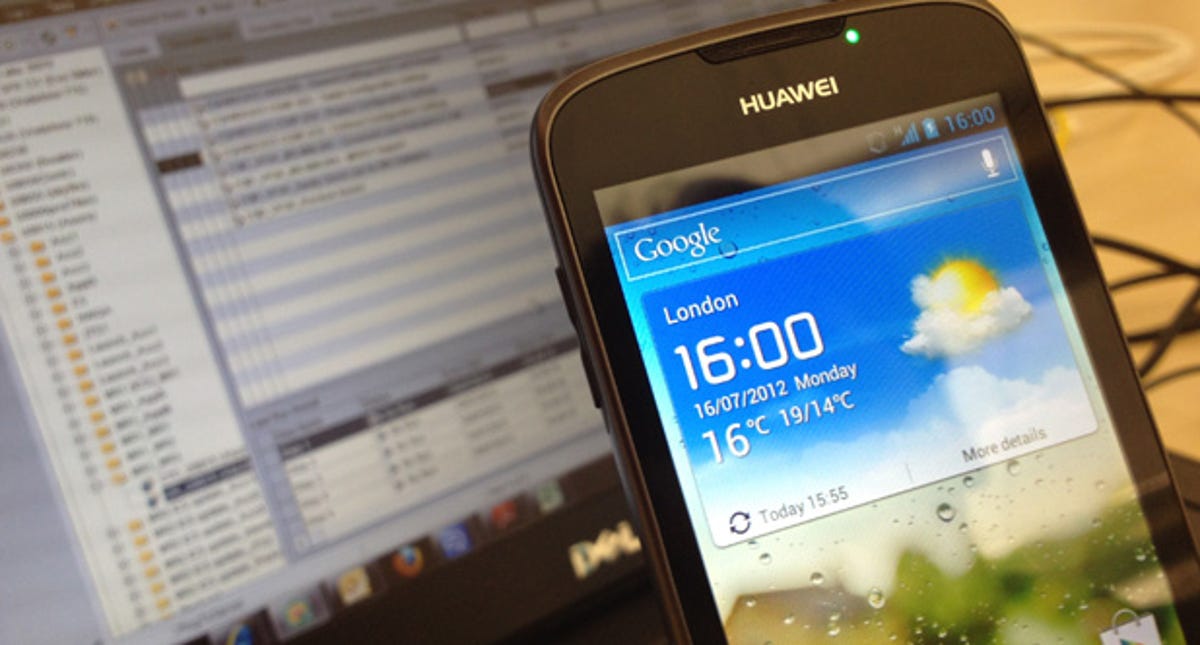
With an ominous creaking, Vodafone has opened the trapdoor to its Android update testing dungeon and shed some light on the process of approving and tweaking upgrades to the phones it sells.
As an added bonus, it brings news of an update to Ice Cream Sandwich for one of our absolute favourite phones of 2012 — the stone-cold bargain that is the Huawei Ascend G300. Voda is in the process of testing the Android 4.0 update to the G300, so it’s taken to its corporate blog to show us what goes on down there.
After the manufacturer has created its own version of the new software, it makes it available to the networks. “We work through our global team to ensure that the features and settings we want to provide our customers with are incorporated into the build of the update,” says Voda’s head of terminals technology, Chris May. “In some instances we add branding and services to a device that we believe will benefit our customers — be that music, apps or even remote diagnostics capabilities.
“In other instances, we need to pre-configure services such as voicemail or network settings. This means the customer gets the best possible experience when they fire up their newly updated device for the first time.”
Once all the bloatware premium services have been baked in, the Voda team tests everything’s spick and span.
“Firmware testing can typically take anything from one day to one week, depending on our previous experience with an individual manufacturer, and the complexity of the upgrade itself,” May says. “Security releases and bug fixes are usually quickest to test, but platform upgrades with new features take longer.”
“We test data, the operation of the apps, battery life, music services and so on,” adds IT technical manager Kevin Ralph, “but if it’s a device we’ve seen before we wouldn’t go back and test the antenna again, unless there’s been a specific issue identified with it.”
The G300 is getting the full monty, Ralph promises. “It’s the first time we’ve seen Ice Cream Sandwich on a Huawei, and the first time we’ve seen them do this kind of upgrade — so it’s important we test everything and make sure the user will get the best experience.”
Why does it take so long?
The process is dragged out by the network reporting back to the manufacturer. “Typically software and firmware now goes through a two-stage testing cycle,” says May. “After conducting a first round of tests we report back to suppliers with our recommendations for any improvements — and then we would expect to see that upgrade again before we could be confident that it meets the highest standards for our customers.”
Then it goes all the way back to Google. “Once we have tested and approved the upgrade it goes back to the manufacturer to review before being sent for approval by Google, in the case of Android,” May says. This exhaustive testing means customers get a phone that (usually) works fine, but it doesn’t half take an age.
“Once our testing’s completed we’re keen for the update to get through the remaining steps in the process smoothly and quickly so it’s in our customers’ hands sooner rather than later. In many cases, our customers are among the first to receive software updates, and we’re proud that’s the case,” says May.
There’s no specific date mentioned for when Vodafone customers will see the update on the G300.
Do you think networks, manufacturers and Google have got the balance right between making sure an update works and getting the blinkin’ thing to your phone quickly? Would you tolerate more bugs if the whole process were faster? Let me know what you think in the comments, or in our over-the-air Facebook page.


Now playing:
Watch this:
Huawei Ascend G300
2:26
Image credit: Vodafone
Update 20 July: Clarified that Vodafone is still testing the update and there’s no date for its release.



